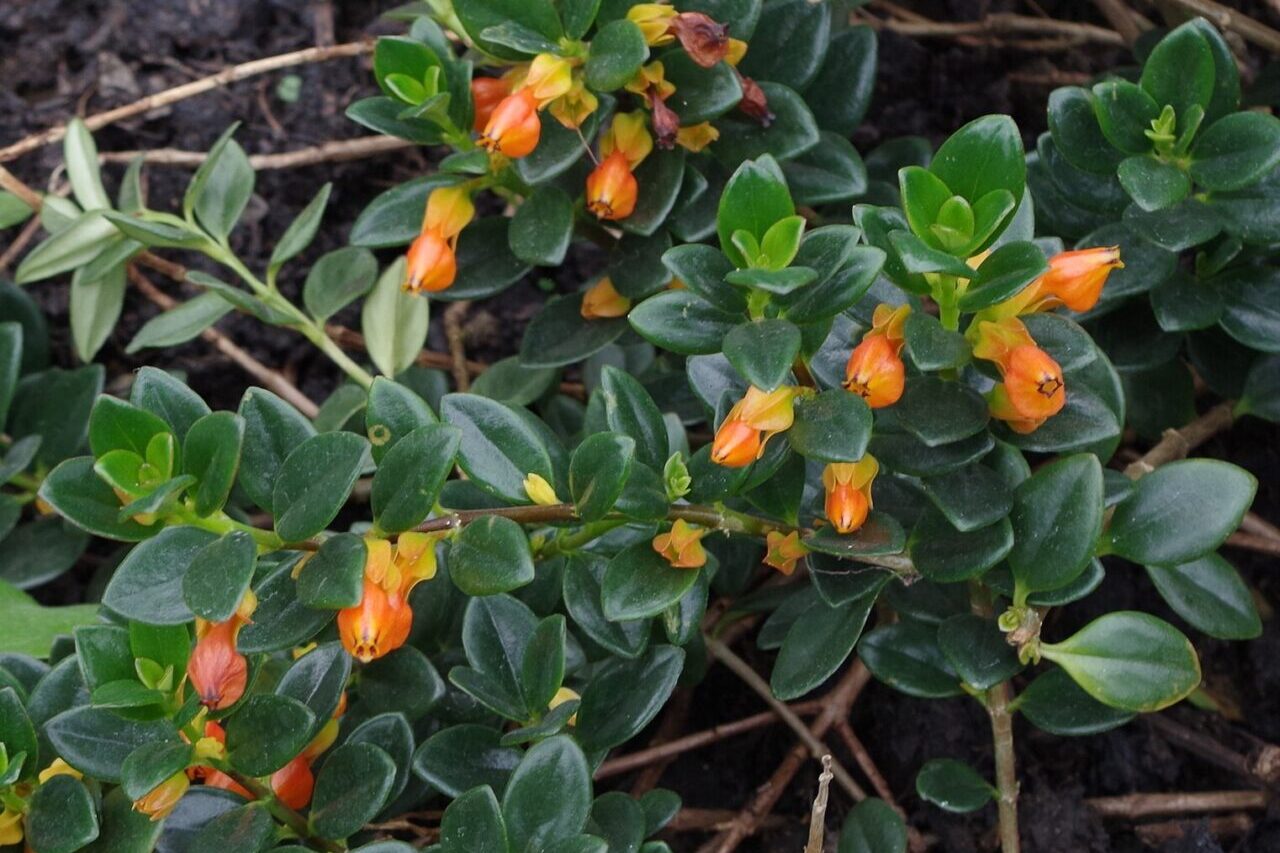The goldfish plant (Nematanthus gregarious) is a stunning and unique houseplant known for its vibrant orange or red tubular flowers resembling goldfish. Native to Central and South America, particularly rainforests, this plant thrives in warm, humid conditions, making it a favorite for indoor gardeners. In this guide, we’ll explore essential tips to help beginners grow and maintain a healthy, flourishing goldfish plant.
Introduction to the Goldfish Plant
The goldfish plant is a perennial, evergreen beauty that adds a splash of color to any space. Its cascading growth makes it ideal for hanging baskets, allowing its “goldfish-like” blooms to dangle gracefully. While it may seem exotic, the goldfish plant is surprisingly easy to care for once you understand its needs.
This plant thrives in well-draining soil, bright but indirect light, and a humid environment. With the right care, it will reward you with abundant flowers and lush, trailing foliage.
How to Grow
To grow a healthy goldfish plant, start with well-draining soil, such as a mix of peat moss, perlite, and potting soil. Place the plant in a spot with bright, indirect light, avoiding harsh sunlight that can scorch the leaves. Water when the top inch of soil feels dry, ensuring the pot has good drainage to prevent root rot. Maintain humidity levels above 50% by misting the plant, using a pebble tray, or placing it near a humidifier. Feed the plant with a balanced liquid fertilizer every two weeks during spring and summer. Regular pruning and occasional repotting encourage lush growth.

10 Essential Goldfish Plant Care Tips
1. Use the Right Pot:
Choose a pot with drainage holes to prevent waterlogging, which can lead to root rot.
2. Fertilize Regularly:
Feed your plant with a balanced liquid fertilizer every two weeks during the growing season (spring and summer). Cut back in winter.
3. Prune for Shape:
Regularly trim the stems to maintain a bushy and compact appearance. Pruning also encourages new growth.
4. Propagate for More Plants:
Goldfish plants are easy to propagate. Simply take 4–6 inch stem cuttings, remove the lower leaves, and root them in water or moist soil.
5. Keep Pests at Bay:
Watch for common pests like aphids, spider mites, and mealybugs. Treat infestations with insecticidal soap or neem oil.
6. Avoid Overwatering:
Allow the topsoil to dry before watering to prevent root rot.
7. Monitor Temperature:
Keep the plant in temperatures between 65°F and 75°F. Avoid placing it near drafts or heat sources.
8. Encourage Blooms:
Provide adequate light, feed the plant regularly, and avoid sudden temperature changes to encourage more flowers.
9. Repot When Necessary:
Repot the plant every 2–3 years or when it outgrows its current pot. This ensures fresh soil and room for root growth which is necessary.
10. Be Patient:
Goldfish plants may take time to adapt to new environments. Be consistent with care, and the plant will eventually thrive.
Common Problems and Solutions
– Yellow Leaves: Often caused by overwatering. Allow the soil to dry out before watering again.
– No Flowers: Insufficient light or nutrients can result in poor flowering. Relocate the plant to a brighter spot and ensure regular feeding.
– Leaf Drop: Caused by sudden temperature changes or low humidity. Maintain stable conditions and increase humidity.
Conclusion
The goldfish plant is a delightful addition to any home, offering vibrant blooms and lush foliage. By following these 10 essential care tips, even beginners can enjoy the beauty of this unique houseplant. With the right care, your goldfish plant will reward you with year-round charm and stunning “swimming” blooms.
Start nurturing your goldfish plant today and transform your space with its tropical elegance!

